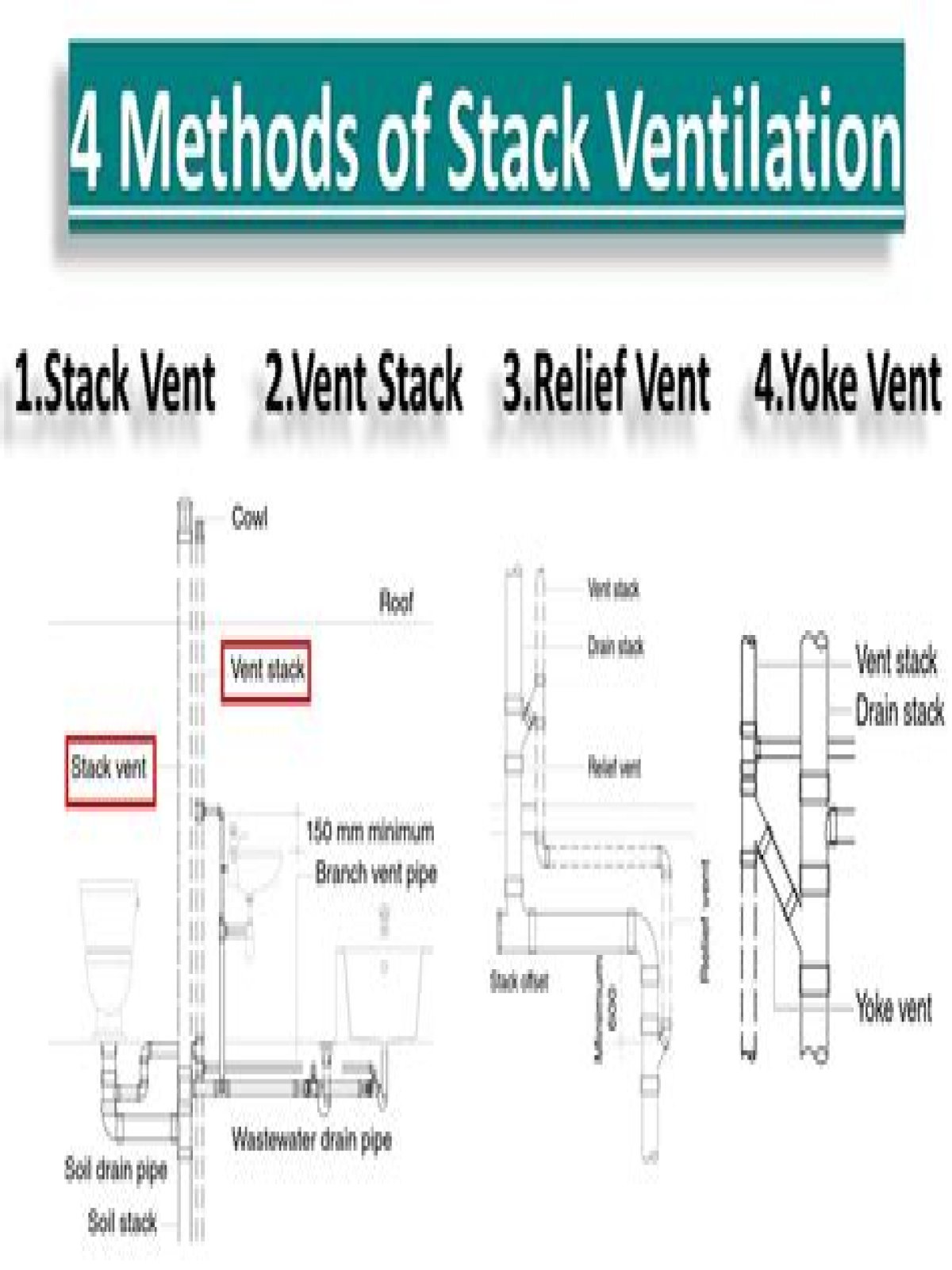Do vent stacks need to be vertical?
Tips for Installing Vent Pipes Vent pipes must be installed so they stay dry. This means that they should emerge from the top of the drainpipe, either straight vertically or at no less than a 45-degree angle from horizontal, so that water cannot back up into them.
Does a plumbing vent pipe have to be vertical?
Installing Vent Pipes Vent pipes must be installed so they stay dry. This means that they should emerge from the top of the drainpipe, either straight vertically or at no less than a 45-degree angle from horizontal, so that water cannot back up into them.
What is a vertical vent stack?
Vent Stack. The vertical vent pipe installed to provide air circulation to and from the drainage system and that extends through one or more stories. Water Hammer. The loud thump of water in a pipe when a valve or faucet is suddenly closed.
Can a toilet have a 2-inch vent?
A 2″ pipe can serve a toilet and a maximum 4 fixture units draining into it. (Sinks, tubs, showers all have 1.5 fixtures units each). As a general rule, you will just be able to vent 2 fixtures on a toilet wet vent. The toilet is vented through the sink drain.
What is the plumbing stack vent in a building?
What is the Plumbing Stack Vent? Here we show the main building vent pipe, the plumbing stack vent, connecting inside plumbing drains to a vent pipe that extends above the building roof in order to let needed air into the drains and to vent sewer gases harmlessly above the building. [Click to enlarge any image]
What are the three parts of a plumbing stack?
So, it’s a three-part system: 1 Drain pipes collect the wastewater right from water fixtures. 2 A waste pipe is where all wastewater from the drain pipes meet and then travel to the treatment facility. 3 A vent pipe (plumbing stack) is in charge of distributing air so the water can flow through the main drain pipe without any restriction.
Why do vent pipes need to be straight?
Plumbing vent pipes are used to allow fresh air into the plumbing system and help the other drains in the house work properly. This means that there are bends or connections in the other piping and this piping needs to attach to the venting system.
Where are the vents located in a DWV system?
A re-vent or revent pipe in a plumbing drain-waste-vent or DWV system is an auxiliary vent that is attached to the drain pipe close to an individual plumbing fixture. The re-vent or revent pipe is routed upwards above the fixture and then horizontally over to a tee that attaches it to the main stack vent pipe.
How big does a plumbing vent stack have to be?
It’s common practice in many states to reduce the soil stack to 2 inches, and extend that 2-inch pipe through the roof. It must extend at least 6 inches above the roofline. The vent that services a fixture must have a diameter at least half as large as the drain pipe, but the minimum pipe diameter allowable is 1 1/4 inches.
Why are drain pipes connected to the vent stack?
Basically,larger piping diameter allows longer distances between a plumbing fixture and its vent stack. If a plumbing fixture is located too far from the main building vent stack, then its own drain pipe must have its own vent stack connection piping.
Can a vent stack have bends in it?
To answer your specific question, yes, vent pipes can have horizontal runs, as long as there is no possibility of them becoming plugged with water. In other words, any water that gets into the vent pipe opening must be able to run freely all the way to the sewer, without creating a “trap”.
What is the distance between a plumbing vent and the wall?
Plumbing Code Citations for Plumbing Vent or Vent Stack Clearance Distances. and the shortest travel distance around the wall or barrier from the vent terminal to the nearest edge of the ventilation opening shall be at least 10 feet. Otherwise, the vent terminal shall comply with Section 12.4.4b.
